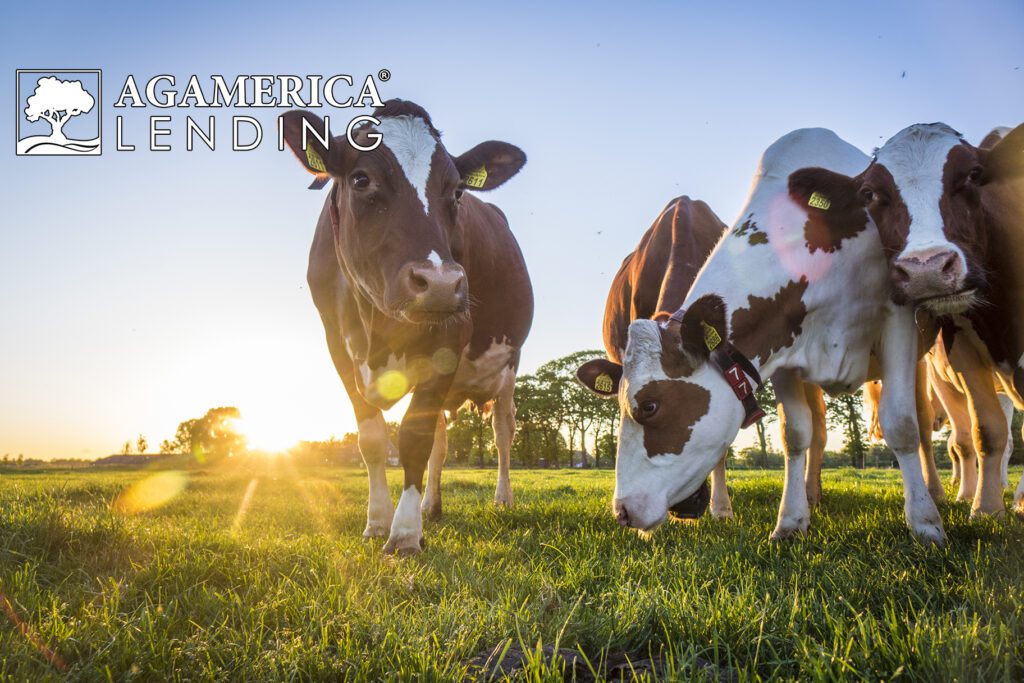In March, the COVID-19 pandemic effected industries, businesses, and millions of people across the U.S. As fear and panic-shopping set in among consumers with the unknown uncertainty of the duration of the virus and social distancing and stay-at-home orders in place across multiples states, the food supply chain was beginning to shake with demand for food exceeding supply. The demand for meat specifically was–and continues to be–at an all-time high, leaving the shelves faster than grocers can stock it. Mid-March alone reported a 76.9 percent increase in meat excluding deli meat, compared to the previous year. With restaurants and most of the tourism/hospitality industry closed, a shift in supplying food and meat from foodservice to food retail, has changed the way meat packing facilities and processing plants handle their operations. This has put a strain on farmers and ranchers across the nation, many of them facing three top challenges.
Challenge 1: Consumer Demand Disrupting the Food Supply Chain
There are typically three main sale-channels where farmers and ranchers sell their food–resulting in our three types of farmers: those that sell to the restaurant/hospitality industry, those that sell to their local farmers markets, and those with existing retail partners and/or direct-to-consumer sales channels. With restaurant and business closures, school closures, and local farmers markets shutting down, these farmers who rely on these channels for their main business, have lost their revenue stream.
Challenge 2: Higher Consumer Meat Prices Versus Lower Cattle Prices
COVID-19 panic shopping trends may have caused the price of beef in grocery stores to increase about 20 percent, but meat packing monopolies are blocking cattle ranchers from seeing this growth in demand translate to higher cattle prices. In fact, prices continue to plummet 11 percent since the beginning of 2020. According to Successful Farming, ranchers are stating that this price collapse reflects meatpackers’ monopoly power to set cattle prices and are urging the USDA and Department of Justice to open an antitrust investigation for price-fixing.
Tough decisions are having to be made by ranchers and farmers–either slaughtering animals with no market and store the meat at a high cost or put the meat on the market at a price well below the production cost. This coupled with the recent decision to allow Brazilian beef imports back into the U.S. after being banned for food safety and animal health concerns, has cattle ranchers working harder to remain competitive and profitable.
Challenge 3: Loss of Farm Labor
Moreover, quarantines and social distancing measures are creating a bottleneck effect on the food supply and demand chain. Health and food safety have become main concerns in meat packing plants and grocery stores, but also across farms and ranches with the lack of labor making the cost of running an operation exceed profitability. Especially in calving season, many operators rely on farm labor to help with calves being born, but COVID-19 has either kept these workers at home or has restricted H-2A visas for immigrants to come and work the operation to meet consumer demand.
Ways Ranchers are Combatting these Challenges
Agriculture was recently declared a critical infrastructure by the Department of Homeland Security with $49 billion of the $2 trillion relief package to go towards helping the ag industry weather this storm. Even with government assistance, ranchers are facing numerous obstacles that they must overcome in order to keep their operation profitable and running. Many farmers have turned to new sales channels and systems to market and sell directly to consumers who remain home and are spending more time online. They have begun researching ways to ship their meat to consumers or implemented an e-commerce store for consumers to order online and pick up their produce and meat at the farm.
How Can You Secure Your Ranch’s Future
It’s important now more than ever to evaluate your ag lender. In February, the Rural Mainstreet Index (RMI) showed more than half of lenders indicated their institution had a disaster plan to deal with the coronavirus, while 29 percent reported their financial institution was developing such a plan. Having an initial discussion of how your lender will take care of you during this unprecedented time and what their recommendations are for overcoming this year to keep your operation successful for the long-term, is the first step to take.
Lastly, analyzing your current financial ratios and what the next two to four months looks like for your operation is crucial to understand the state your ranch is in. Taking advantage of low rates now to refinance and consolidate existing debt, will help you lower your annual payments and receive the working capital you need. Your land is your most valuable asset, use it to your advantage to retrieve working capital and cash-out options to get you through this uncertain time.
If you’re unsure of the options available to you, check with a financial lender who specializes in agricultural land. Taking the time to speak with a lender who has ag-related experience can offer substantial savings to free up cash flow and create new investment opportunities. Cattle ranchers who use the current economic climate to their advantage will be better equipped for what the future may bring. As always, AgAmerica is here to help you secure the financing you need, offering both traditional and alternative financing solutions. Contact us today and we’ll help analyze your operation’s financial state: info@agamerica.com or 844.516.8176.

